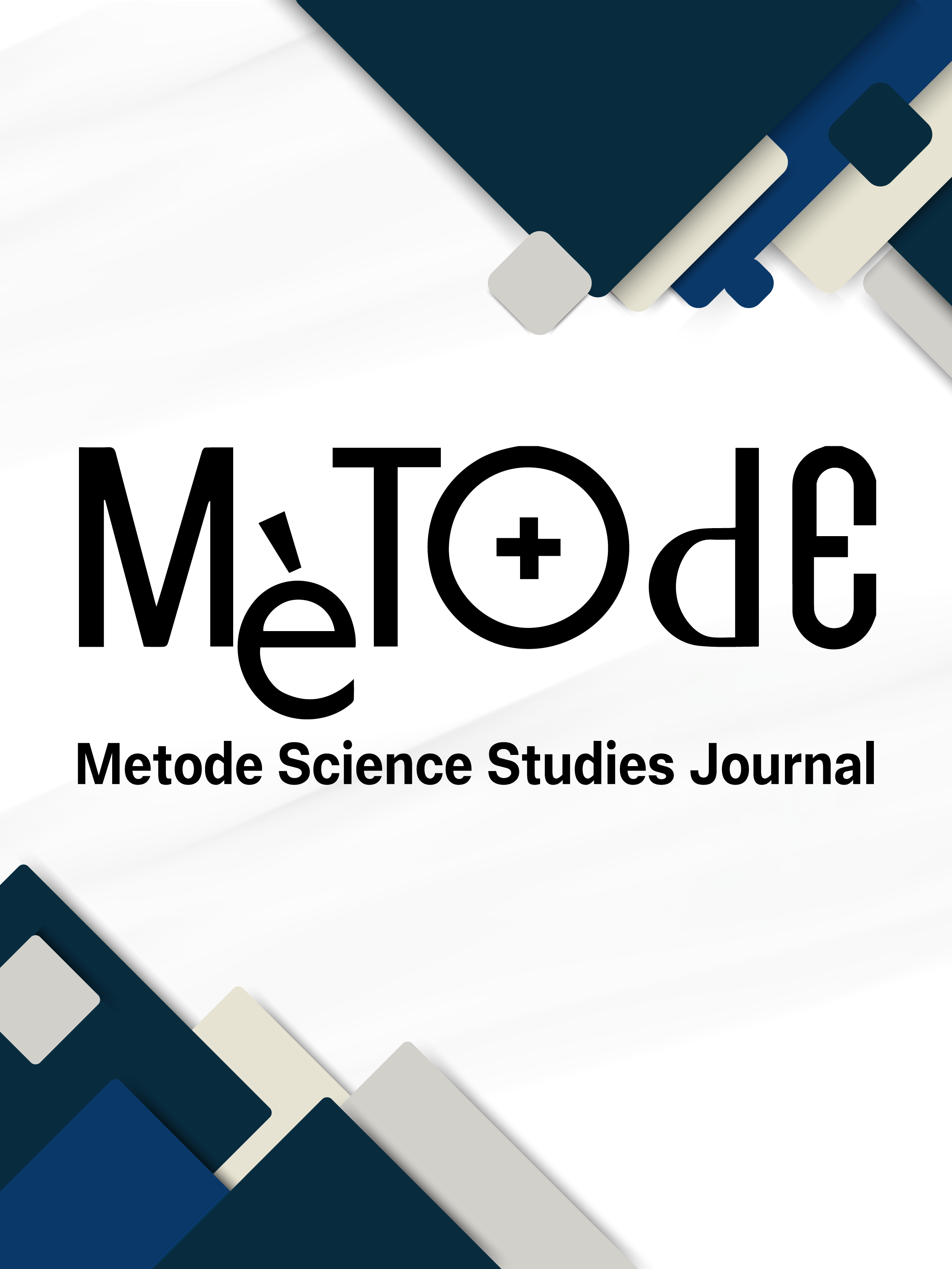Weaving the past into the future
An overview of the SILKNOW project
DOI:
https://doi.org/10.7203/metode.15.27598Keywords:
Silk heritage, digital humanities, technology, interdisciplinarity, heritage conservation Abstract
Abstract
Silk played a crucial role in driving progress in Europe, particularly along the network of production and market centres along the Western Silk Road. The silk trade not only facilitated the exchange of ideas and innovations but also had a huge impact on the economic, technical, functional, cultural, and symbolic levels. However, silk heritage has become critically endangered, despite the existence of many specialised European museums dedicated to its preservation. These museums often lack the resources and capacity to utilise state-of-Adisciplinary project funded by the H2020 Program of the European Union to preserve and promote the heritage of silk textiles, and to present the project results which were possible thanks to digital humanities.
 Downloads
Downloads
 References
References
Alba, E., Gaitán, M., León, A., Mladenić, D., & Brank, J. (2022). Weaving words for textile museums: The development of the linked SILKNOW thesaurus. Heritage Science, 10(1), 1–14. https://doi.org/10.1186/s40494-022-00681-x
Alba, E., Gaitán, M., Pitarch, M. D., León, A., Toledo, M. D. M. M., Ruiz, J. M., Vitella, M., Lo Cicero, G., Rottensteiner, F., Clermont, D., Dorozynski, M., Wittich, D., Vernus, P., & Puren, M. (2020). From silk to digital technologies: A gateway to new opportunities for creative industries, traditional crafts and designers. The SILKNOW case. Sustainability, 12(19), 8279. https://doi.org/10.3390/su12198279
Menabrea, L. F. (1843). Sketch of the analytical engine invented by Charles Babbage, Esq [Translation and notes by Ada Lovelace]. In R. Hammerman & A. L. Russell (2015), Ada’s legacy: Cultures of computing from the Victorian to the Digital Age. Association for Computing Machinery and Morgan & Claypool. https://doi.org/10.1145/2809523
Pérez, M., Casanova-Salas, P., Twardo, P., Twardo, P., León, A., Mladenic, D., Massri, B. M., Troncy, R., Ehrhart, T., Lo Cicero, G., Vitella, M., Gaitán, M., Gimeno, J., Ribes, E., Fernández, M., & Portalés, C. (2020). From historical silk fabrics to their interactive virtual representation and 3D printing. Sustainability, 12(18), 7539. https://doi.org/10.3390/su12187539
Portalés, C., Pérez, M., Casanova-Salas, P., & Gimeno, J. (2021). Virtual loom: A tool for the interactive 3D representation of historical fabrics. Multimedia Tools and Applications, 80, 13735–13760. https://doi.org/10.1007/ s11042-020-10294-w
Schleider, T., Troncy, R., Gaitan, M., Sebastian, J., Mladenic, D., Kastelic, A., Massri, B., Leon, A., Puren, M., Vernus, P., Clermont, D., Rottensteiner, F., Vitella, M., & Lo Cicero, G. (2021). The SILKNOW knowledge graph. Semantic Web, 1, 1–16. https://www.semantic-web-journal.net/system/files/swj2776.pdf
Sevilla, J., Casanova-Salas, P., Casas-Yrurzum, S., & Portalés, C. (2021). Multi-purpose ontology-based visualization of spatio-temporal data: A case study on silk heritage. Applied Sciences, 11(4), 1636. https://doi.org/10.3390/app11041636
Unsworth, J. (Dir.). (2006). Our Cultural Commonwealth: The report of the American Council of Learned Societies commission on cyberinfrastructure for the humanities and social sciences. American Council of Learned Societies. https://www.acls.org/wp-content/uploads/2021/11/Our-Cultural-Commonwealth.pdf
Downloads
Published
How to Cite
-
Abstract217
-
PDF23
Issue
Section
License
Copyright (c) 2024 CC BY-NC-ND 4.0

This work is licensed under a Creative Commons Attribution-NonCommercial-NoDerivatives 4.0 International License.
![]()
All the documents in the OJS platform are open access and property of their respective authors.
Authors publishing in the journal agree to the following terms:
- Authors keep the rights and guarantee Metode Science Studies Journal the right to be the first publication of the document, licensed under a Creative Commons Attribution-NonCommercial-NoDerivatives 4.0 International License that allows others to share the work with an acknowledgement of authorship and publication in the journal.
- Authors are allowed and encouraged to spread their work through electronic means using personal or institutional websites (institutional open archives, personal websites or professional and academic networks profiles) once the text has been published.





